Design of an intelligent prevention and control platform for major public health emergencies based on a new generation of information technology
DOI: 10.23977/jaip.2023.060304 | Downloads: 10 | Views: 1145
Author(s)
Cunhong Li 1,2, Yunpeng Liu 3, Yan Xu 1
Affiliation(s)
1 Department of Chemical and Enviromental Engineering, Jiaozuo University, Jiaozuo, 454000, China
2 Jiaozuo Municipal Huaiyao Active Ingredient Analysis and Utilization Engineering Technology Research Center, Jiaozuo, 454000, China
3 College of Information Engineering, Jiaozuo University, Jiaozuo, 454000, China
Corresponding Author
Cunhong LiABSTRACT
As the COVID-19 has spread over the globe and become a pandemic authority, it has relied heavily on social isolation as a primary strategy for containment. When individuals are confined to their homes, digital technology plays a critical role in supporting their social, professional, and economic activities. There is a pressing need for contemporary healthcare facilities, particularly in developing nations where rural locations have lack high-quality hospitals and medical professionals. For the upcoming years, public health, human civilization, and the global economy will continue to be impacted by this unique coronavirus. Due to the Internet of Things (IoT) health care and automation services, people's health and satisfaction can be preserved when they remain socially isolated. In this paper, the COVID-19 prevention and control using the Internet of Things (CPC-IoT) platform has been suggested to enable social distance in the pandemic. The most crucial metrics for critical care are body temperature, pulse rate, and oxygen saturation, and this research proposes an IoT-based system that uses these variables in real-time. Using the suggested IoT architecture, we offer a short- and long-term approach for managing pandemic situations. Each architectural layer's concerns have been addressed by providing guidelines for design implementation. Covid-19 can be prevented and controlled utilizing an IoT platform that includes symptom diagnosis and quarantine monitoring steps. Compared to other commercially available devices, the system's results are confirmed to be accurate. IoT-based technologies can be useful in the event of a COVID-19 viral epidemic.
KEYWORDS
Public health emergencies (PHE), pandemic situations, prevention and control, IoT, COVID-19CITE THIS PAPER
Cunhong Li, Yunpeng Liu, Yan Xu, Design of an intelligent prevention and control platform for major public health emergencies based on a new generation of information technology. Journal of Artificial Intelligence Practice (2023) Vol. 6: 26-38. DOI: http://dx.doi.org/10.23977/jaip.2023.060304.
REFERENCES
[1] Wang Z., Shi X., & Li H. (2021, March). Difficulties and Solutions for Public Health Data Governance Under the Normalization of Epidemic Prevention and Control. In IOP Conference Series: Earth and Environmental Science (Vol. 692, No. 3, p. 032045). IOP Publishing.
[2] Wang J. (2021). Vision of China's future urban construction reform: In the perspective of comprehensive prevention and control for multi disasters. Sustainable cities and society, 64, 102511.
[3] Tilahun B., Gashu K D., Mekonnen, Z. A., Endehabtu, B. F., & Angaw, D. A. (2021). Mapping the role of digital health technologies in prevention and control of COVID-19 pandemic: review of the literature. Yearbook of medical informatics, 30(01), 026-037.
[4] Mao Z., Yao H., Zou Q., Zhang W., & Dong Y. (2021). Digital contact tracing based on a graph database algorithm for emergency management during the COVID-19 epidemic: Case study. JMIR mHealth and uHealth, 9(1), e26836.
[5] Yang S., & Chong Z. (2021). Smart city projects against COVID-19: Quantitative evidence from China. Sustainable Cities and Society, 70, 102897.
[6] Gunasekeran D V., Tseng R M W W., Tham Y C., & Wong T Y. (2021). Applications of digital health for public health responses to COVID-19: A systematic scoping review of artificial intelligence, telehealth and related technologies. NPJ digital medicine, 4(1), 1-6.
[7] Satu M S., Khan M I., Mahmud M., Uddin S., Summers M A., Quinn J M., & Moni M A. (2021). Tclustvid: a novel machine learning classification model to investigate topics and sentiment in covid-19 tweets. Knowledge-Based Systems, 226, 107126.
[8] Sharifi A., Khavarian-Garmsir A R., & Kummitha R K R. (2021). Contributions of smart city solutions and technologies to resilience against the COVID-19 pandemic: a literature review. Sustainability, 13(14), 8018.
[9] Wang W T., & Wu S Y. (2021). Knowledge management based on information technology in response to COVID-19 crisis. Knowledge Management Research & Practice, 19(4), 468-474.
[10] Dong Y., & Yao Y D. (2021). IoT platform for COVID-19 prevention and control: A survey. IEEE Access, 9, 49929-49941.
[11] Madariaga A., Kasherman L., Karakasis K., Degendorfer P., Heesters A M., Xu W., ... & Oza A M. (2021). Optimizing clinical research procedures in public health emergencies. Medicinal Research Reviews, 41(2), 725-738.
[12] Gholamzadeh M., Abtahi H., & Safdari R. (2021). Suggesting a framework for preparedness against the pandemic outbreak based on medical informatics solutions: a thematic analysis. The International Journal of health planning and management, 36(3), 754-783.
| Downloads: | 16046 |
|---|---|
| Visits: | 553571 |
Sponsors, Associates, and Links
-
Power Systems Computation

-
Internet of Things (IoT) and Engineering Applications
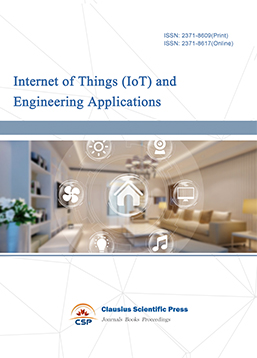
-
Computing, Performance and Communication Systems
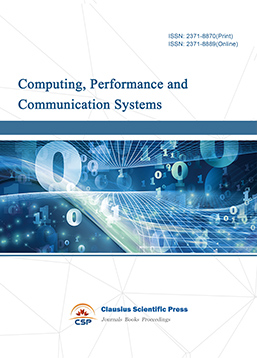
-
Advances in Computer, Signals and Systems
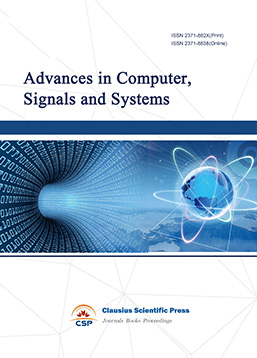
-
Journal of Network Computing and Applications
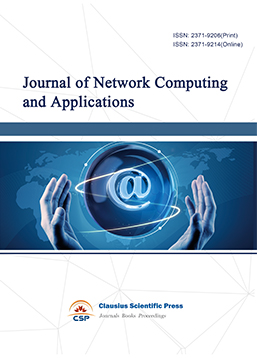
-
Journal of Web Systems and Applications
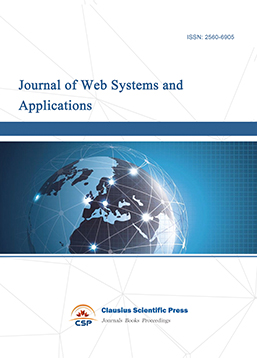
-
Journal of Electrotechnology, Electrical Engineering and Management
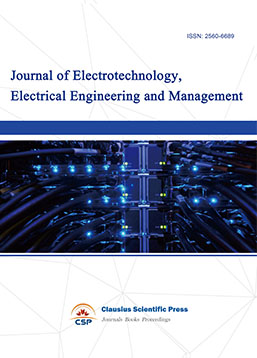
-
Journal of Wireless Sensors and Sensor Networks
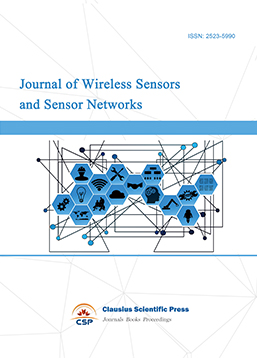
-
Journal of Image Processing Theory and Applications
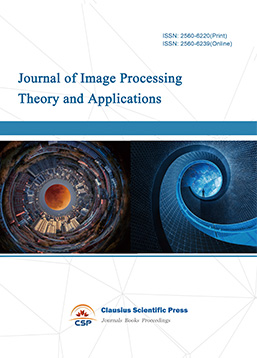
-
Mobile Computing and Networking
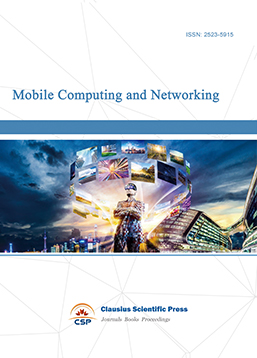
-
Vehicle Power and Propulsion
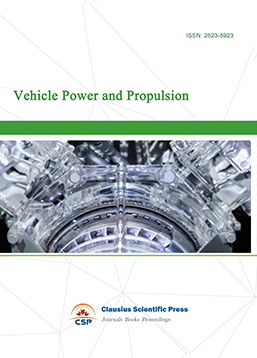
-
Frontiers in Computer Vision and Pattern Recognition

-
Knowledge Discovery and Data Mining Letters

-
Big Data Analysis and Cloud Computing
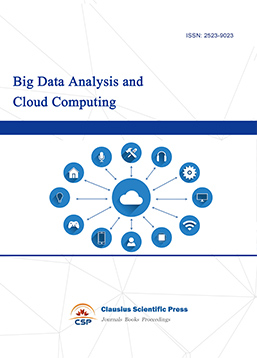
-
Electrical Insulation and Dielectrics
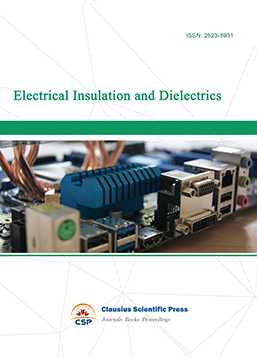
-
Crypto and Information Security
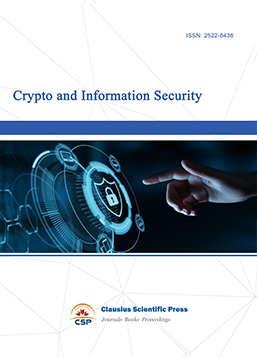
-
Journal of Neural Information Processing
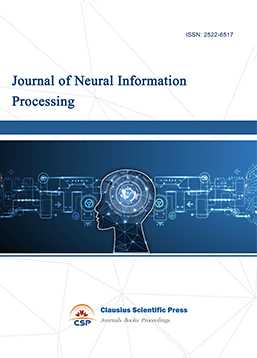
-
Collaborative and Social Computing

-
International Journal of Network and Communication Technology
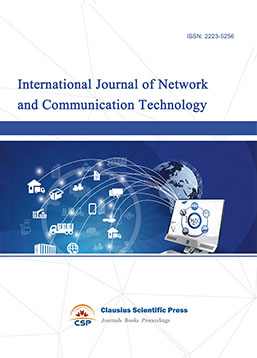
-
File and Storage Technologies
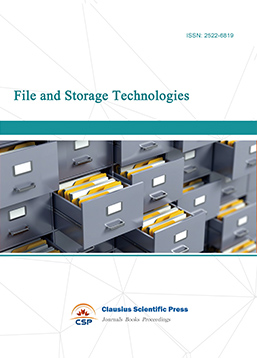
-
Frontiers in Genetic and Evolutionary Computation
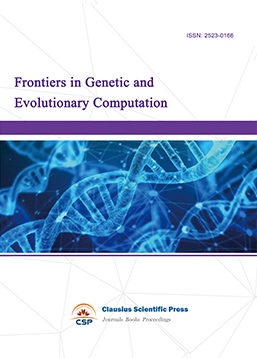
-
Optical Network Design and Modeling
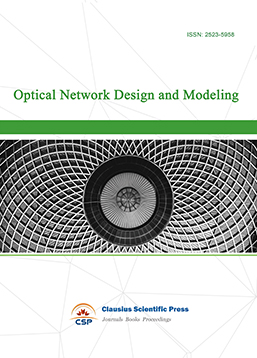
-
Journal of Virtual Reality and Artificial Intelligence
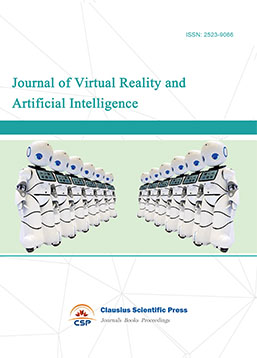
-
Natural Language Processing and Speech Recognition
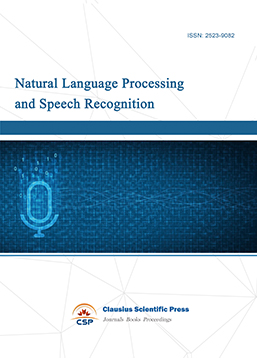
-
Journal of High-Voltage
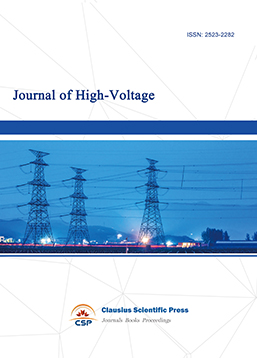
-
Programming Languages and Operating Systems
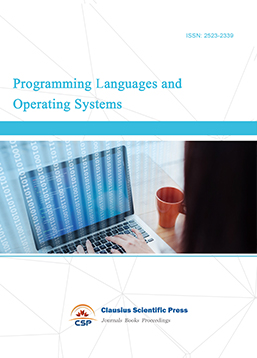
-
Visual Communications and Image Processing

-
Journal of Systems Analysis and Integration
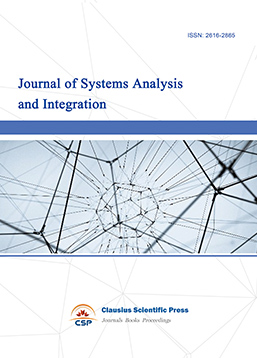
-
Knowledge Representation and Automated Reasoning
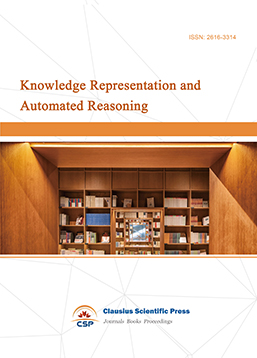
-
Review of Information Display Techniques
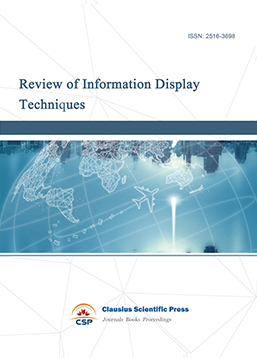
-
Data and Knowledge Engineering
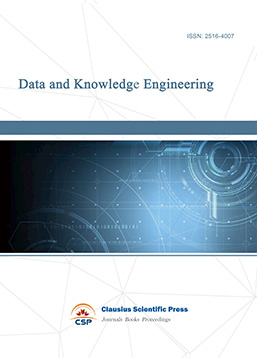
-
Journal of Database Systems
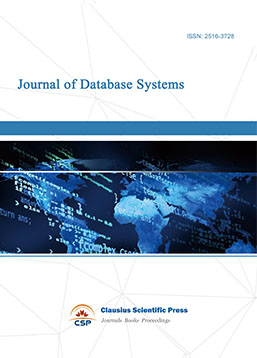
-
Journal of Cluster and Grid Computing

-
Cloud and Service-Oriented Computing
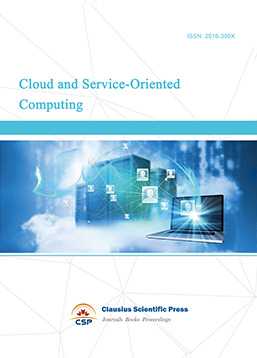
-
Journal of Networking, Architecture and Storage
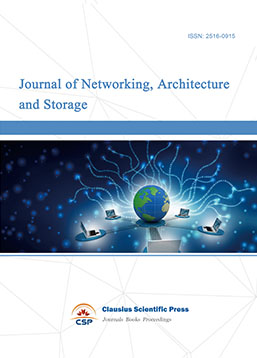
-
Journal of Software Engineering and Metrics
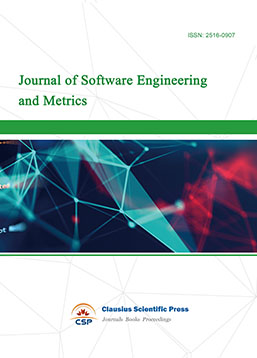
-
Visualization Techniques

-
Journal of Parallel and Distributed Processing
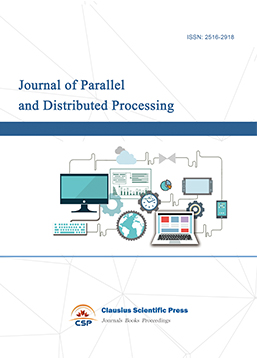
-
Journal of Modeling, Analysis and Simulation
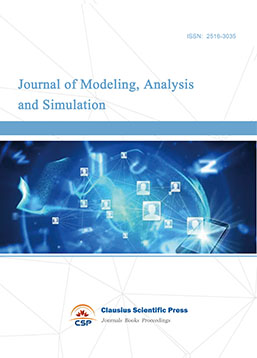
-
Journal of Privacy, Trust and Security
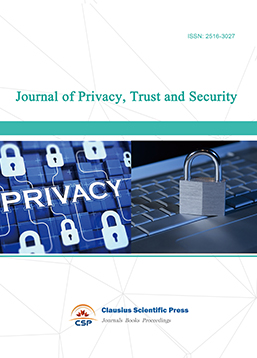
-
Journal of Cognitive Informatics and Cognitive Computing
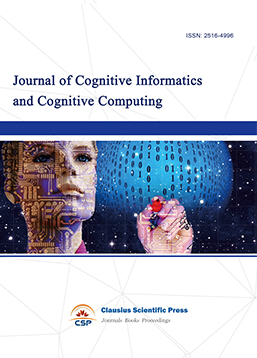
-
Lecture Notes on Wireless Networks and Communications

-
International Journal of Computer and Communications Security
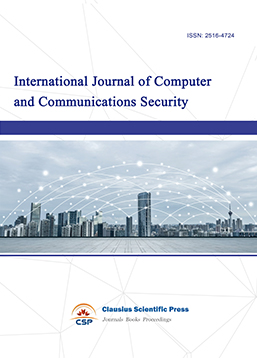
-
Journal of Multimedia Techniques
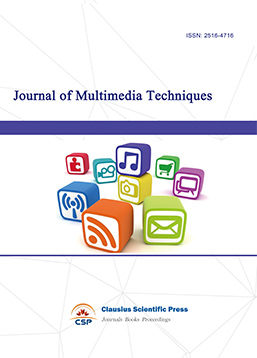
-
Automation and Machine Learning
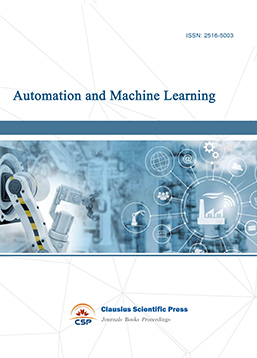
-
Computational Linguistics Letters
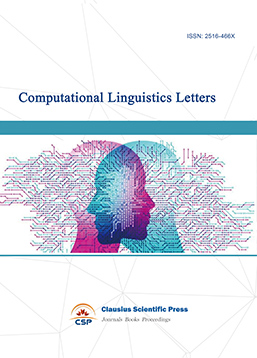
-
Journal of Computer Architecture and Design
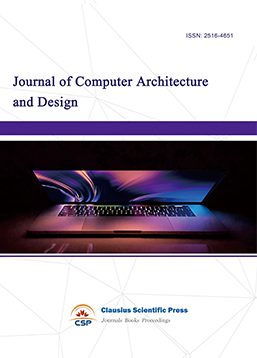
-
Journal of Ubiquitous and Future Networks
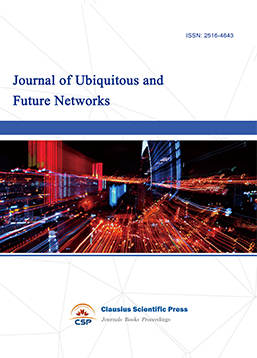

 Download as PDF
Download as PDF